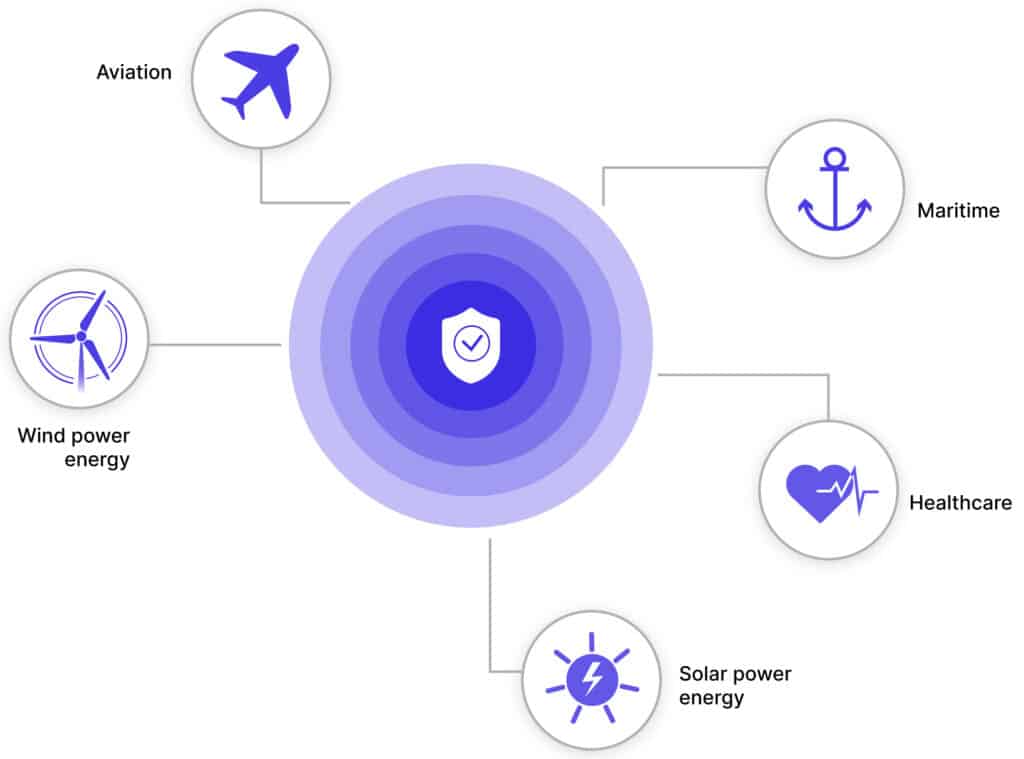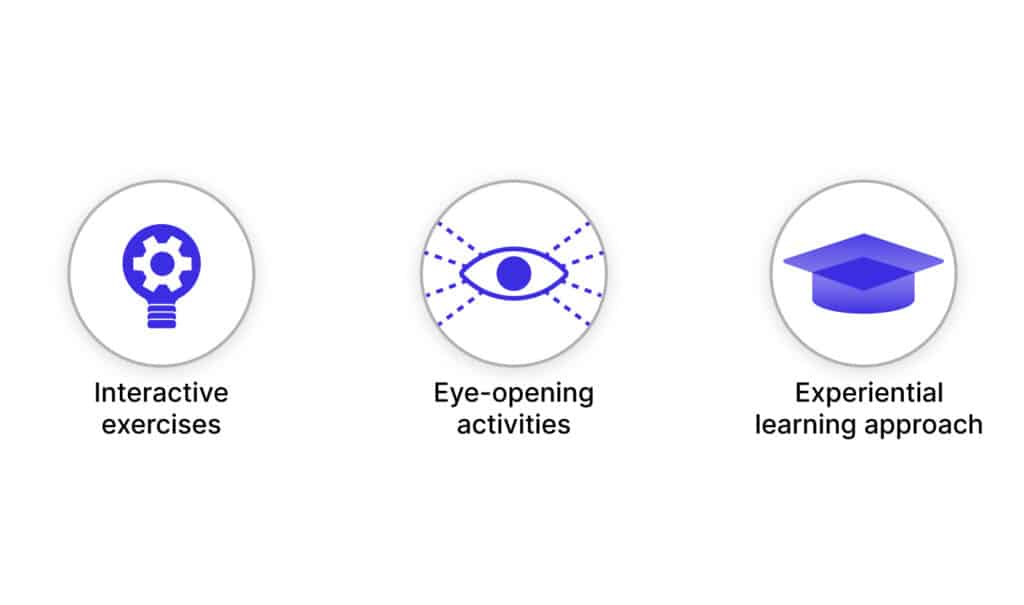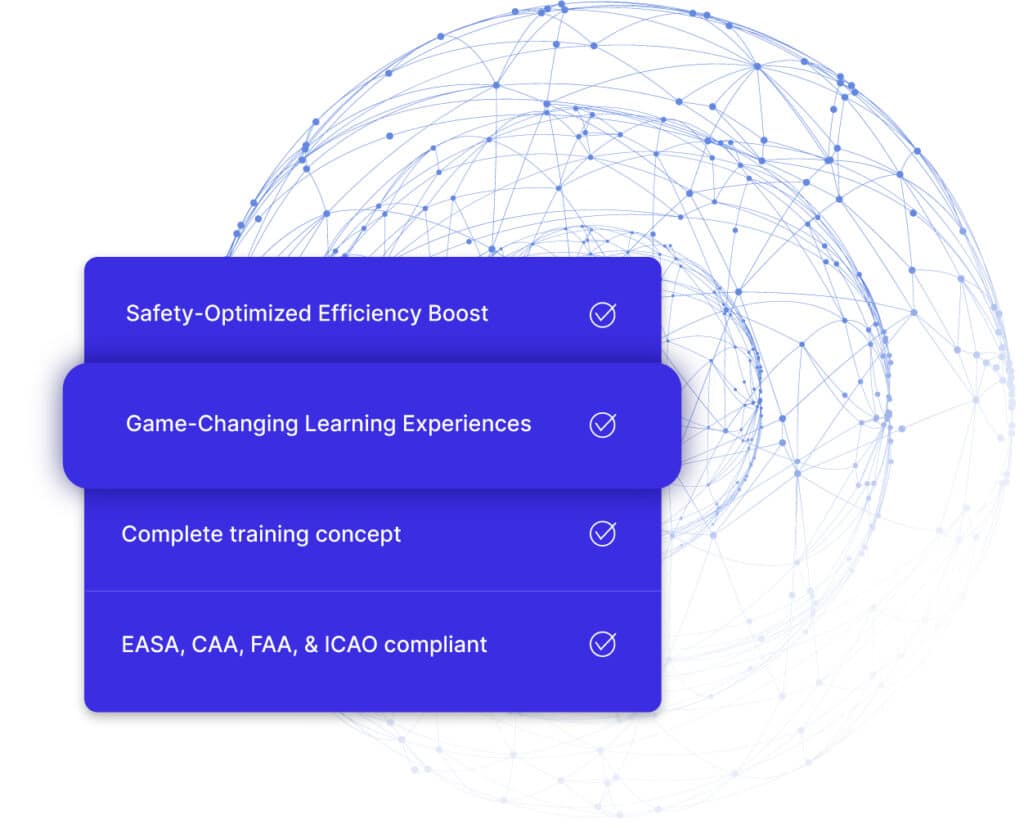
NaviMinds offers a wide range of human factors courses and workshops for safety-critical organisations. Our courses are highly innovative, dynamic, and designed to help safety-critical organisations integrate human factors into their structure, routines and culture.
Elevate your Crew Resource Management and Human Factors training with our comprehensive collection of plug-and-play lesson plans, group exercises, and complete training packages. Dive into our world of innovative and engaging training today!


Our approach to learning goes beyond theory and provides trainees with hands-on experience in practising essential human factors-related topics. With highly interactive group exercises and eye-opening activities, trainees gain practical tools to increase operational efficiency and safety.
Crew Resource Management and Human Factors training for civil and military aviation organisations. All courses are EASA-compliant and conducted by one or more of our experienced trainers from the aviation industry.
Improve patient safety with Human Factors training in healthcare. Suitable for all groups of medical staff, our programme includes hands-on activities and industry-specific cases to help you design, implement, and deliver impactful training.
Human Factors training for ashore and onboard personnel. Our courses focus on identifying and building strategies that reduce incidents and accidents onboard. All training is conducted by experienced human factors trainers.
Bespoke Human Factors training courses for the energy sector. Our interactive courses equip you with the skills, tools, and processes to enhance efficiency and effectiveness while reducing workplace accidents and incidents.

We deliver innovative and thought-provoking Crew Resource Management and Human Factors training for all safety-critical industries.
NaviMinds is about exploring the human mind – navigating our way to promote key behavioural and attitudinal traits in every participant. Our courses are tailor-made to support operational efficiency and safety in complex and safety-critical environments.
Access our world of immersive and powerful learning experiences.
© 2024 NaviMinds – Designed by Aveo web&marketing